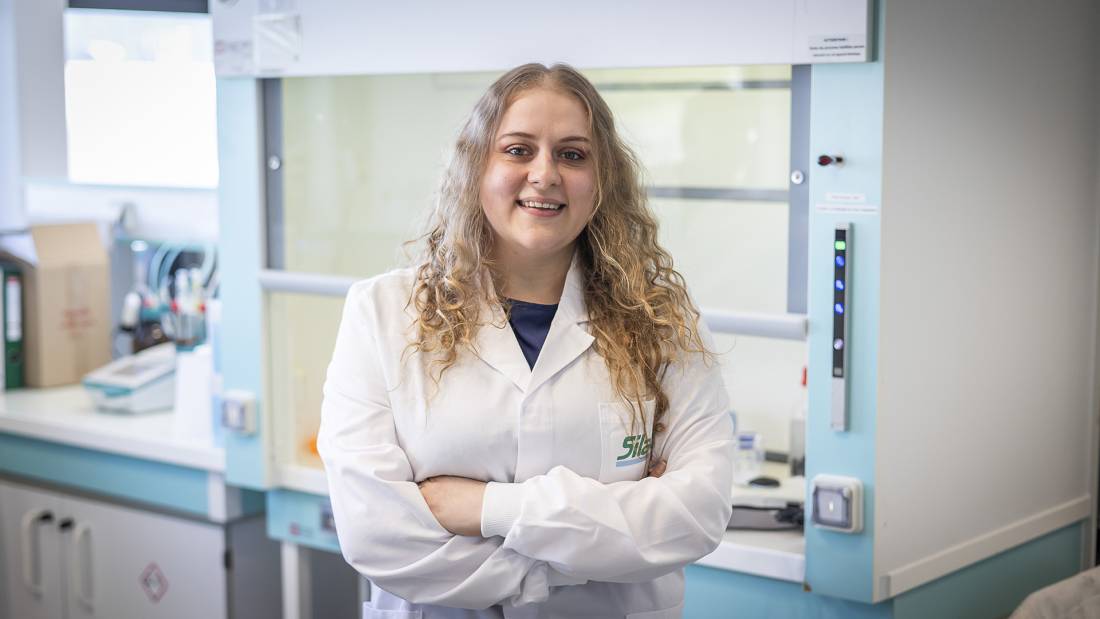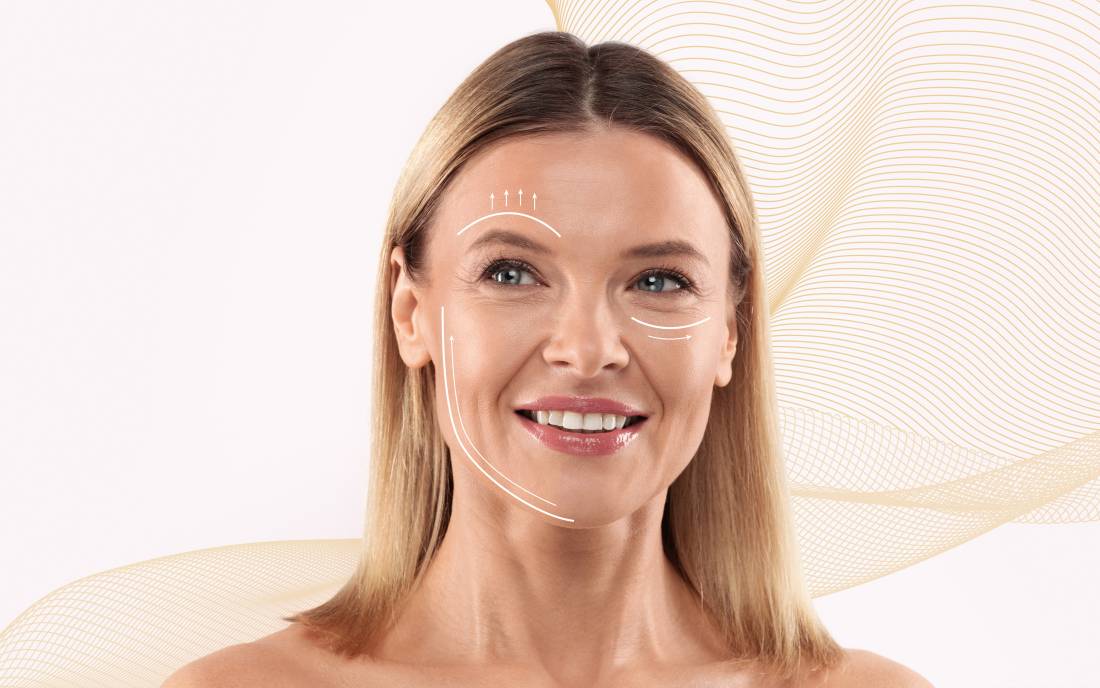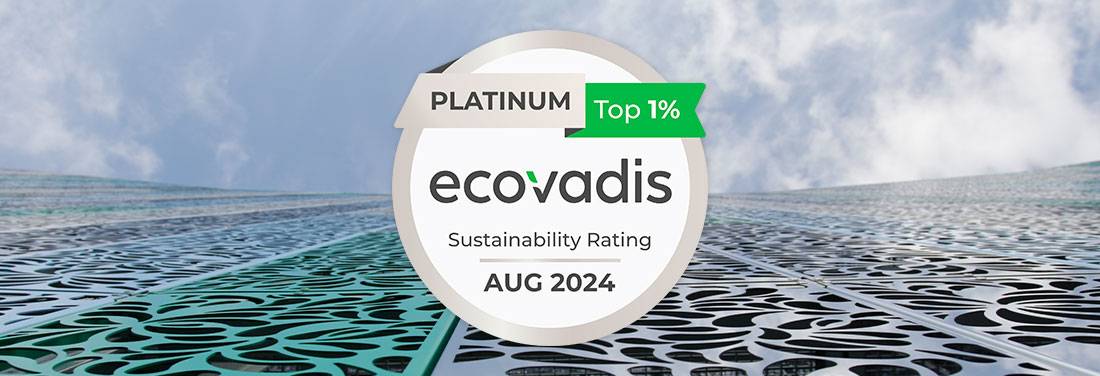Acne is an inflammatory skin disease involving four essential components: hyperseborrhea combined with a modification of the composition of sebum, colonization by Cutibacterium (C.) acnes, in particular the virulent phylotype IA1, hyperkeratinization and a secreted inflammation.
Most 3D models mimicking acneic skin independently use hyperseborrhea or invasion by C. acnes to induce the characteristics of acneic skin. However, as these two factors are inter-related at the early stages of the pathology, the aim of this work was to develop a 3D model combining sebum alteration and invasion by C. acnes .
In this model, reconstructed epidermis was treated simultaneously with peroxidized squalene and C. acnes phylotype IA1 obtained from culture collection or isolated directly from acneic patients. The combination of these two factors induces acne-like keratinocyte responses, such as hyperkeratinization and inflammation, thereby providing a model exhibiting all the characteristics of acneic skin.
The
detailed characterization of this new in vitro model
proves that it is totally suitable to mimic acneic skin and to be used as a
screening tool for the development of acne treatments
as stated by Marine
Laclaverie, in vitro Innovation Project
Leader.
ACNESIUM®, the daily care for acneic skin
The 3D model resulting from this work has enabled the company to demonstrate the pharmacological activities of ACNESIUM®, a natural active ingredient developed by SILAB Softcare to treat the clinical signs of slight to moderate acne in adults.
Produced from the pericarps of immature pomegranates, ACNESIUM® restores homeostasis to acneic skin by targeting the four major components of this pathophysiology: it restores sebaceous gland activity to normal, controls colonization by C. acnes phylotype IA1, has a keratolytic action and reduces inflammation. Combining rapidity of action and efficacy, this high-tolerance care product improves the general aspect of the skin and thereby patients quality of life.
*Laclaverie et al., Development and characterization of a 3D in vitro model mimicking acneic skin, Experimental Dermatology (https://doi.org/10.1111/exd.14268)) / Experimental Dermatology; Impact factor 3.368; Ranking 15/146 in Dermatology






